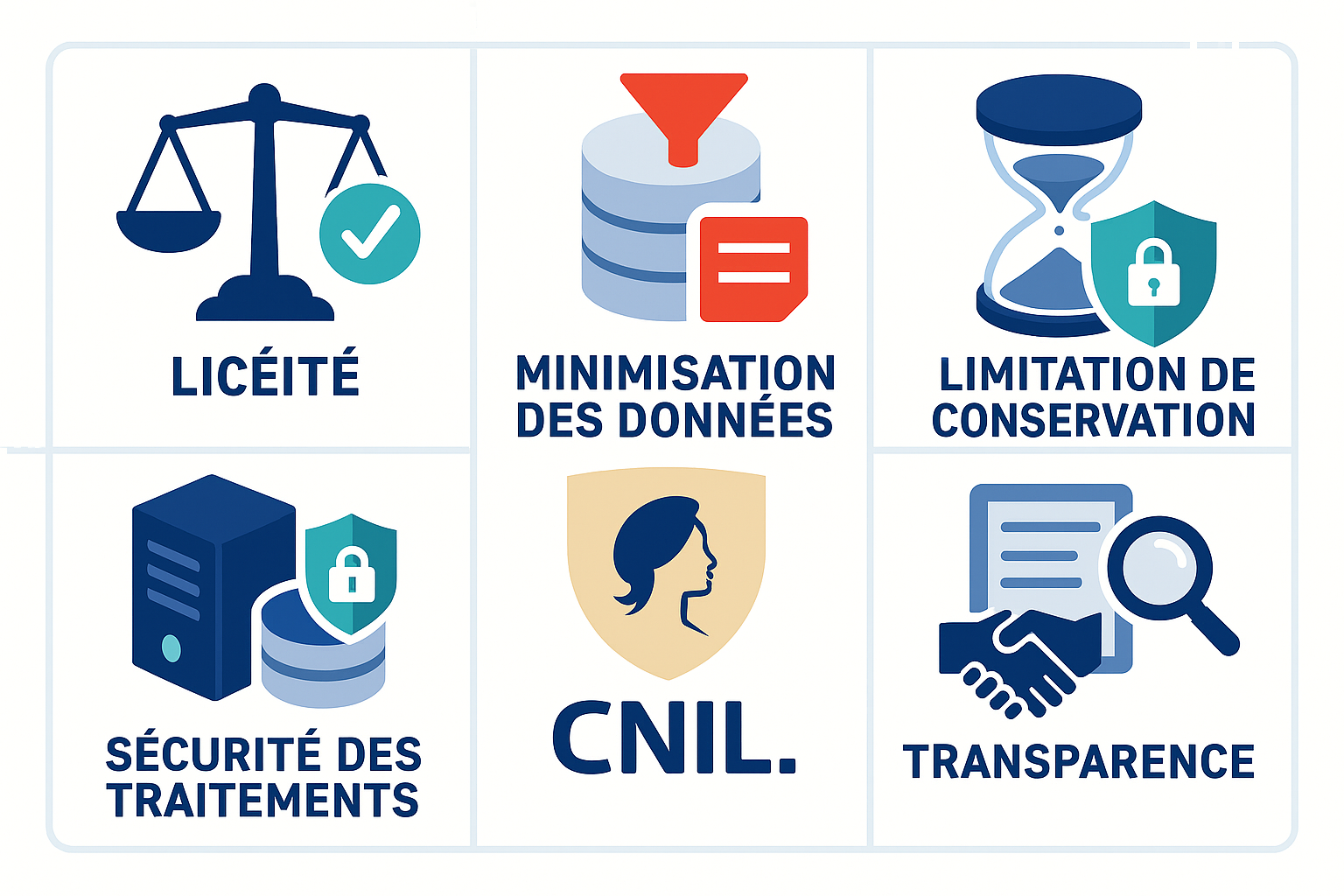Tables Informatique et Libertés are an essential tool in the field of data protection, and the CNIL's recent 2024 update is no exception. This initiative underlines the growing importance of accessibility to doctrinal developments for data protection professionals, such as lawyers and data protection officers, as well as for the general public.
By publishing its Cahiers and regularly updating its Tables, the CNIL aims to centralize information on case law and key decisions in the field of personal data law.
We're going to explore what these documents consist of, their main contents, and the objectives behind them, helping to demystify data protection within national and European legal structures.
If you would like to hire a RGPD lawyer, contact me!
1. What are the main contents of the Tables Informatique et Libertés?
The Tables Informatique et Libertés provide an overview of data protection doctrines. They have been designed to give data protection professionals and academics easy access to the CNIL 's doctrinal positions, as well as those of national and European courts. These include the European Court of Human Rights, the Court of Justice of the European Union, the Conseil d'Etat and the Cour de cassation.
A structured thematic plan makes it possible to quickly identify relevant precedents. The texts presented are generalized in order to preserve the confidentiality of the organizations concerned, thus limiting the risk of re-identification.
In substance, the main contents of the Tables include:
- Decisions published by the CNIL and the relevant courts,
- Doctrinal positions on specific subjects,
- Thematic structuring to facilitate searches.
2. What are the objectives of Cahiers Informatique et Libertés?
The Cahiers Informatique et Libertés have been designed as annual publications. They bring together the main decisions handed down by the CNIL in a given year. These decisions are presented in such a way as to improve theaccessibility and intelligibility of the law, making legal manufacturing more comprehensible to all.
The main objectives of these Cahiers include :
- Facilitate access to data protection precedents,
- Summarize developments in case law and doctrine observed during the year,
- Guide professionals in their practices with centralized information.
3. What are the new Table updates and how often?
Updates to the Tables Informatique et Libertés are designed to be regular, with a stated frequency of every two months. This enables CNIL to ensure that decisions of principle, as well as those of the highest courts, are continuously updated.
These efforts testify to the CNIL's commitment to transparency and to keeping practices up to date with rapidly evolving data protection issues, enabling professionals to keep abreast of the latest developments.
The dynamics set in motion by the CNIL illustrate a process of continuous improvement, facilitatingaccess to doctrinal developments and reinforcing the legal framework for data protection.




